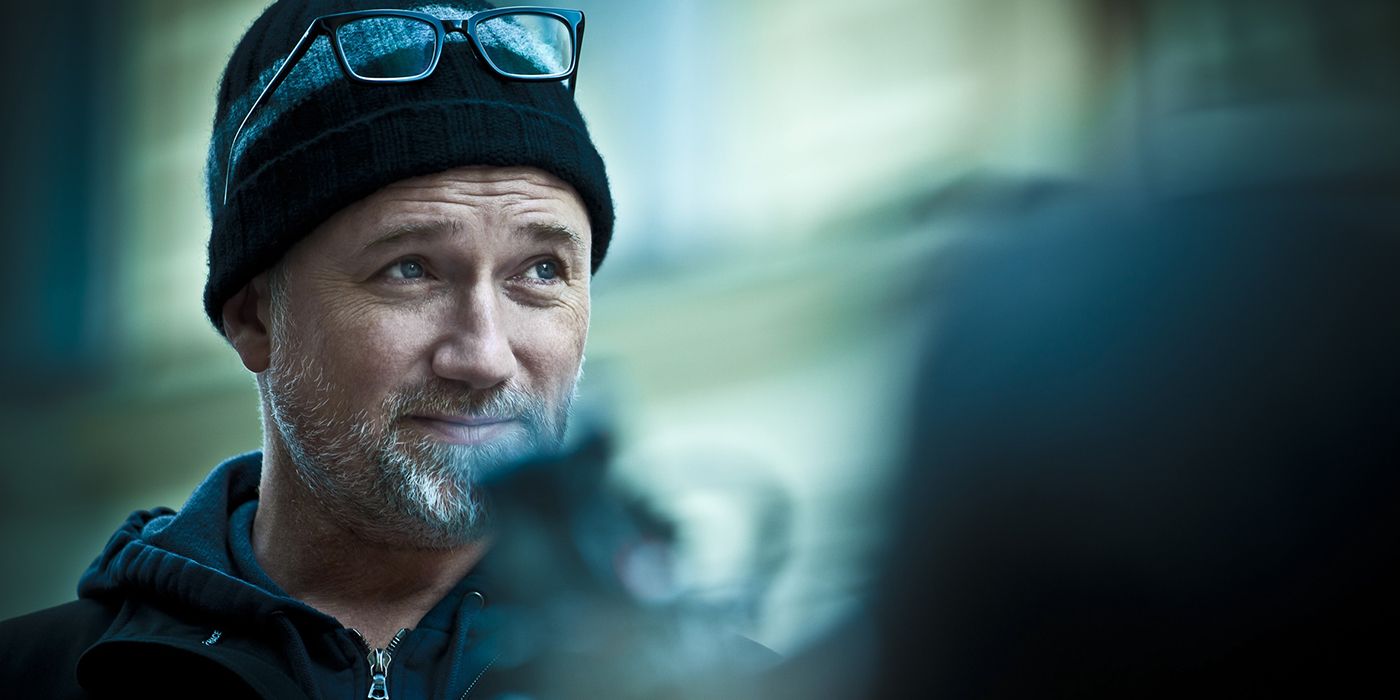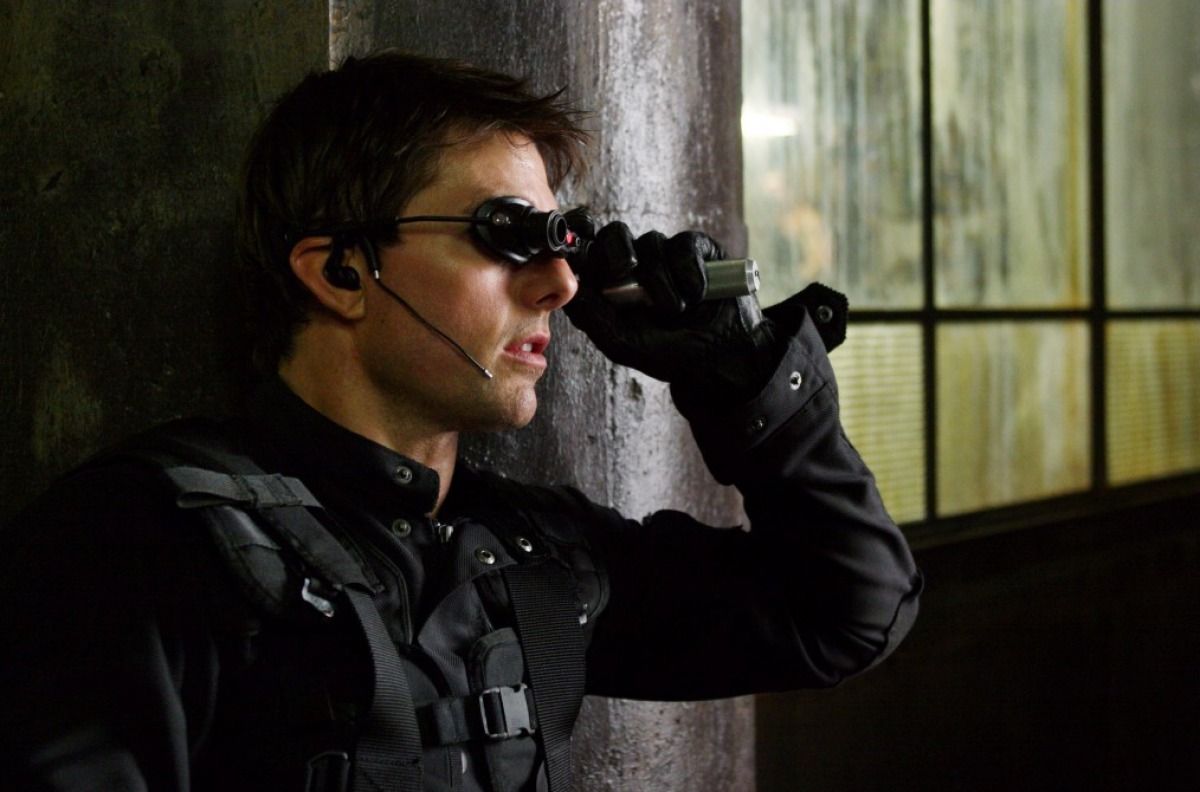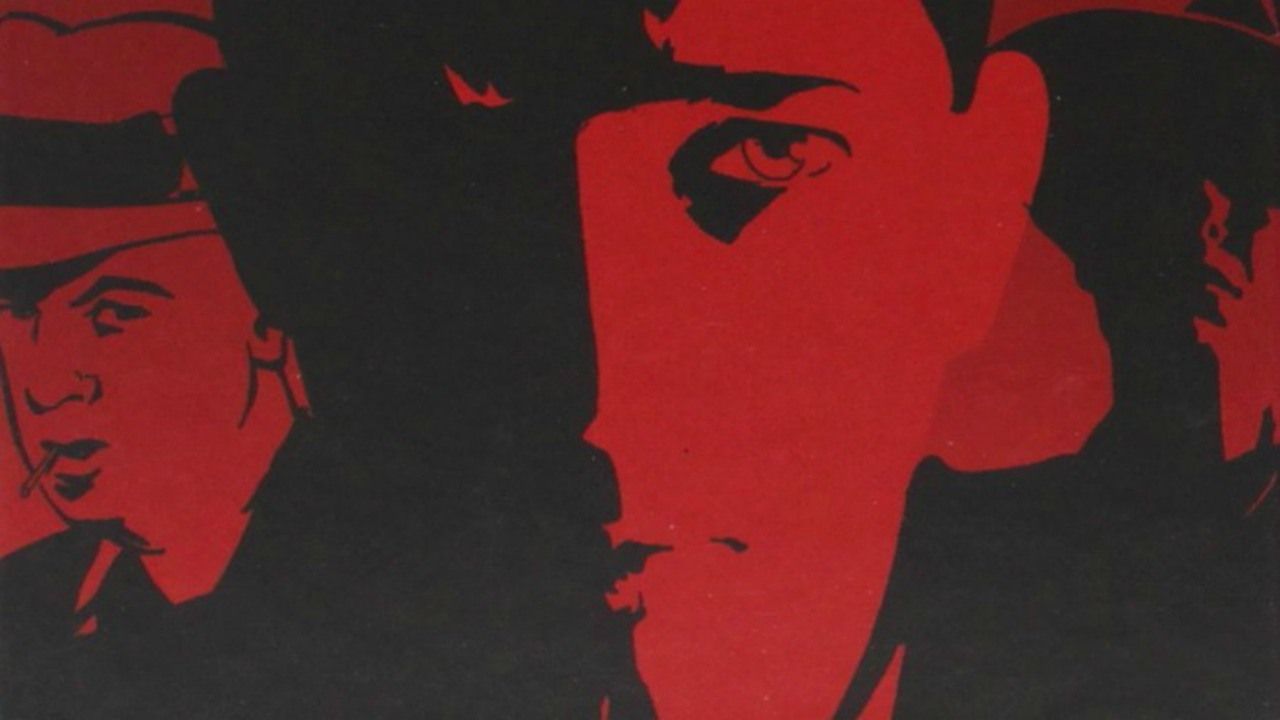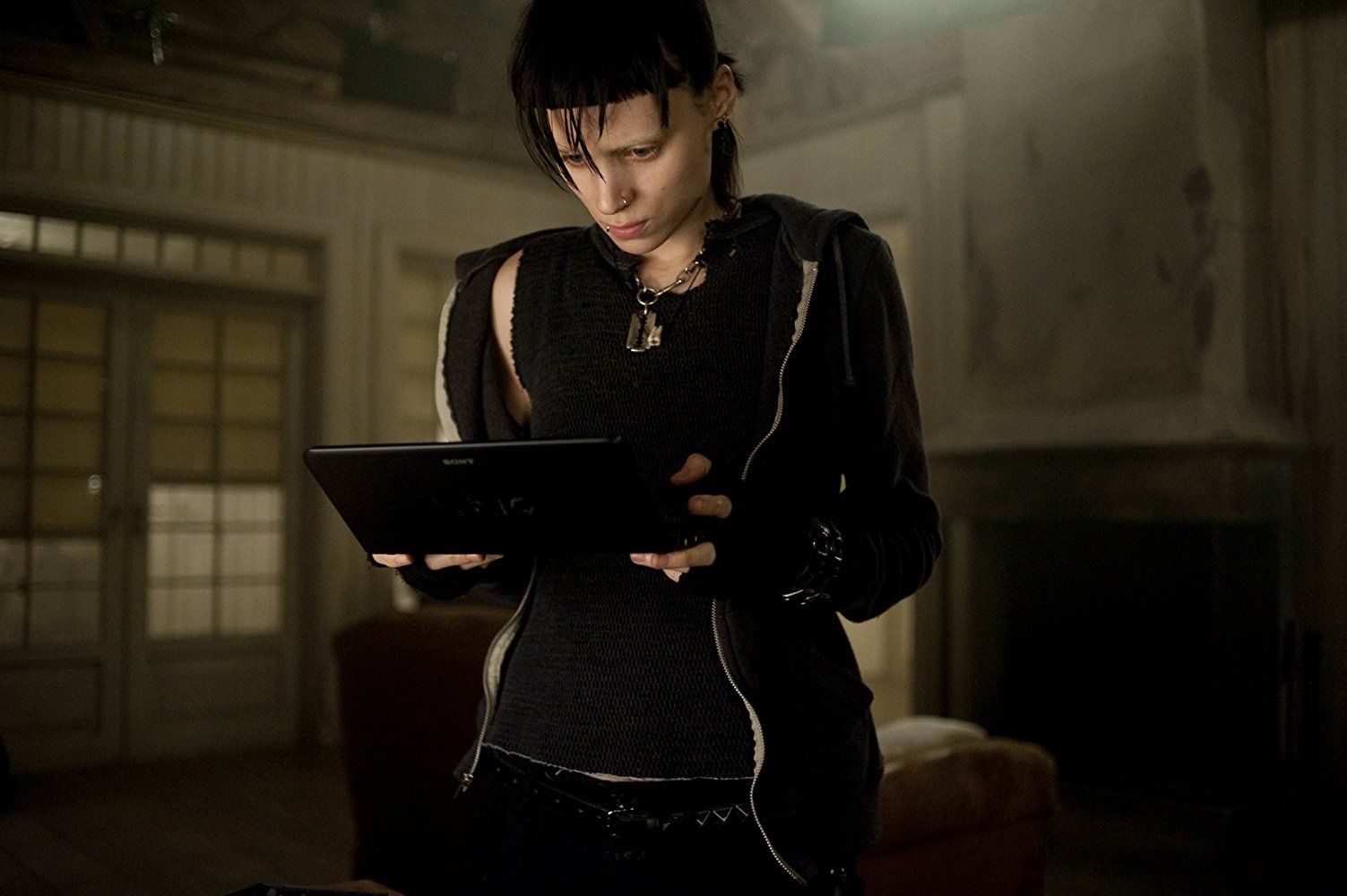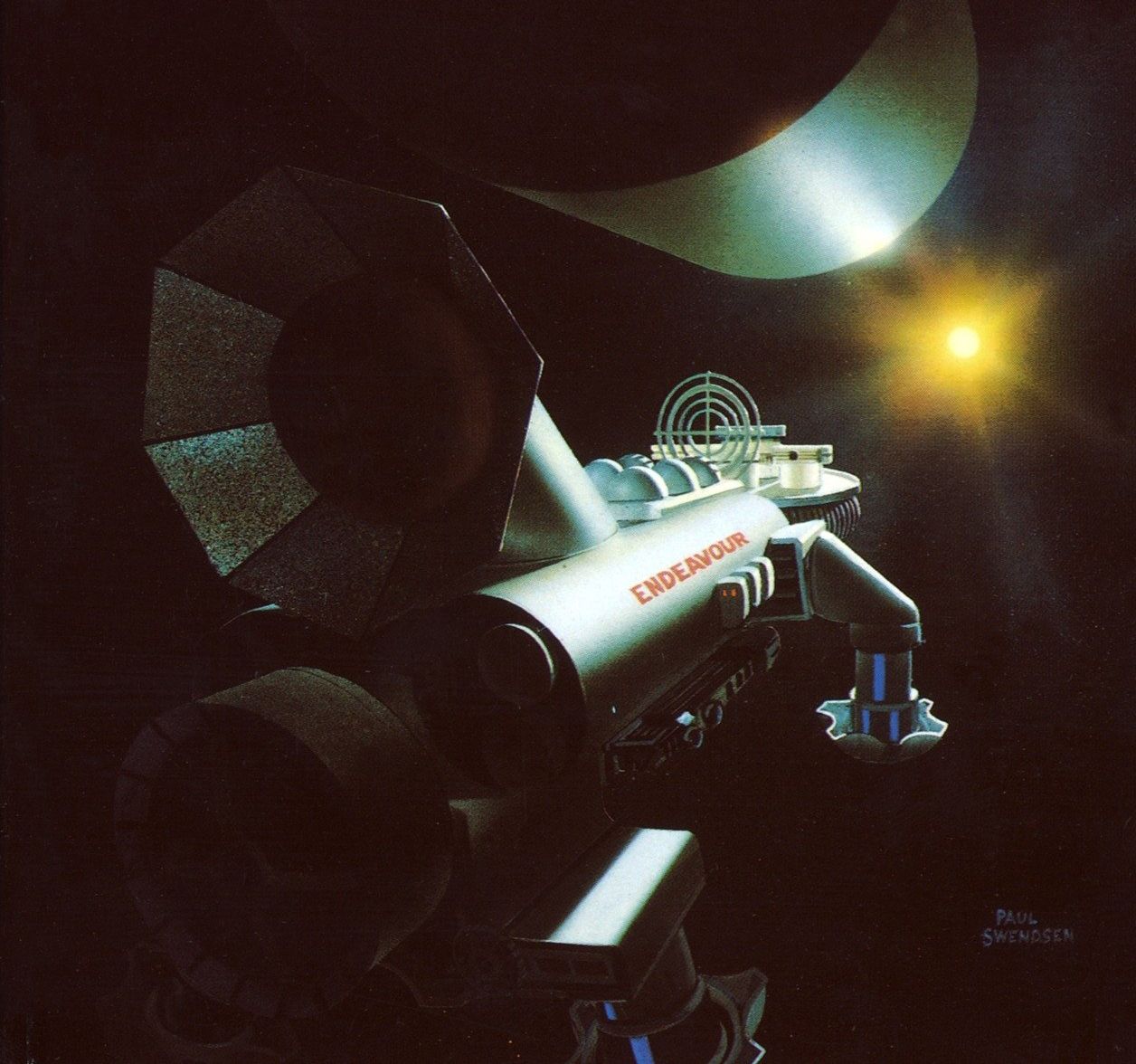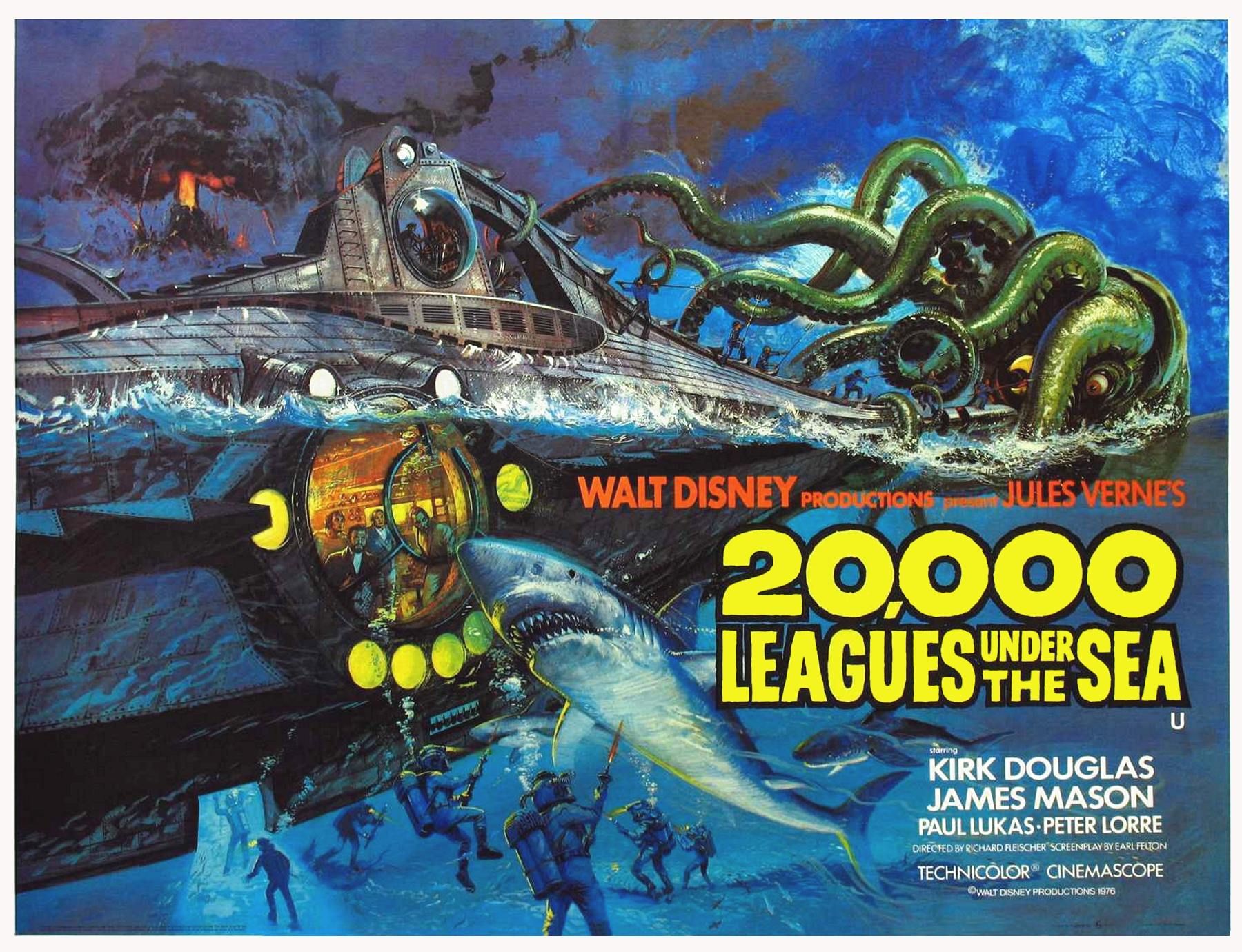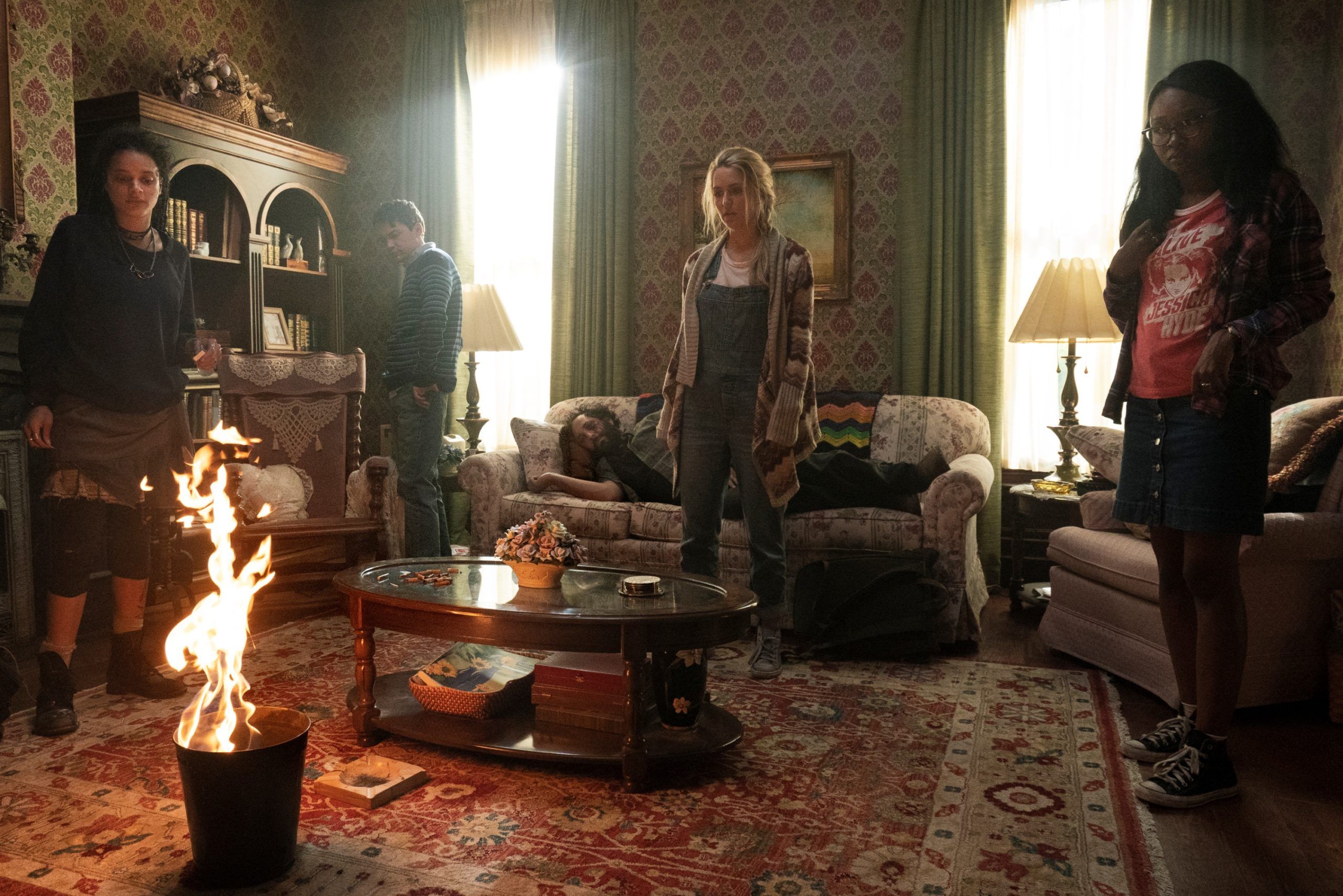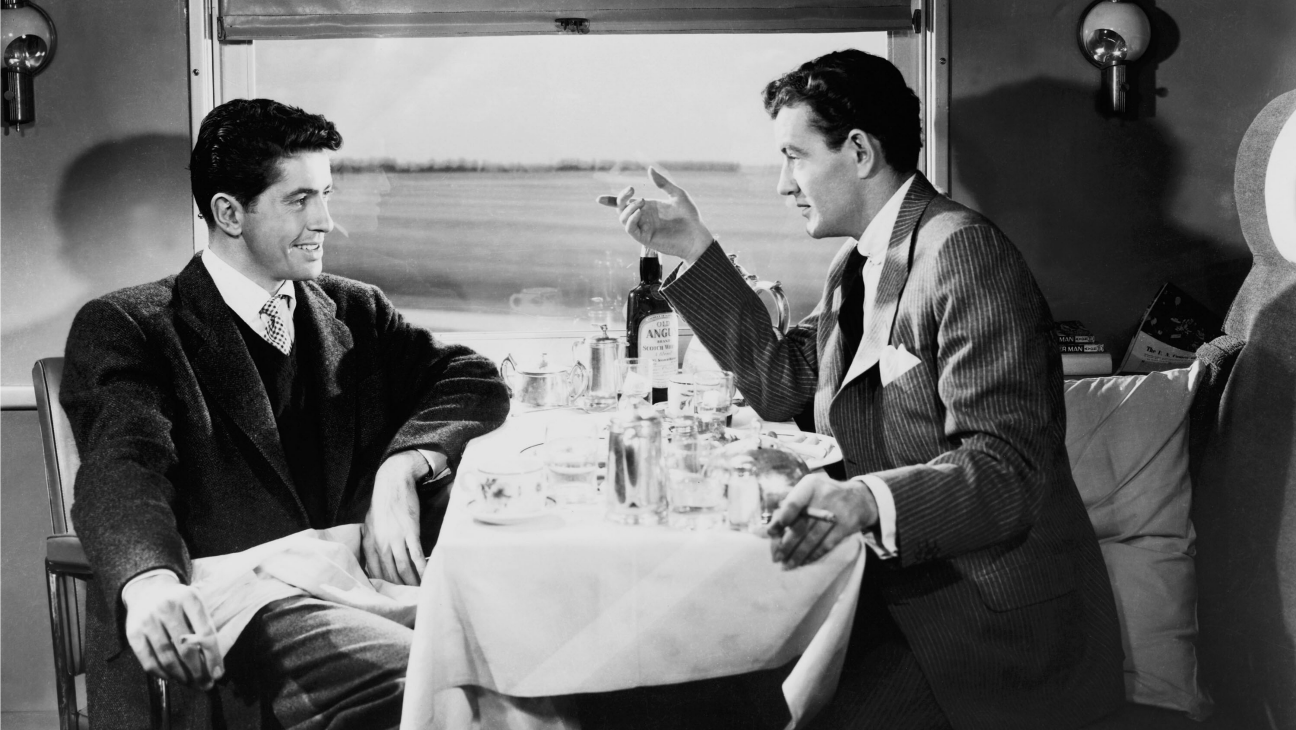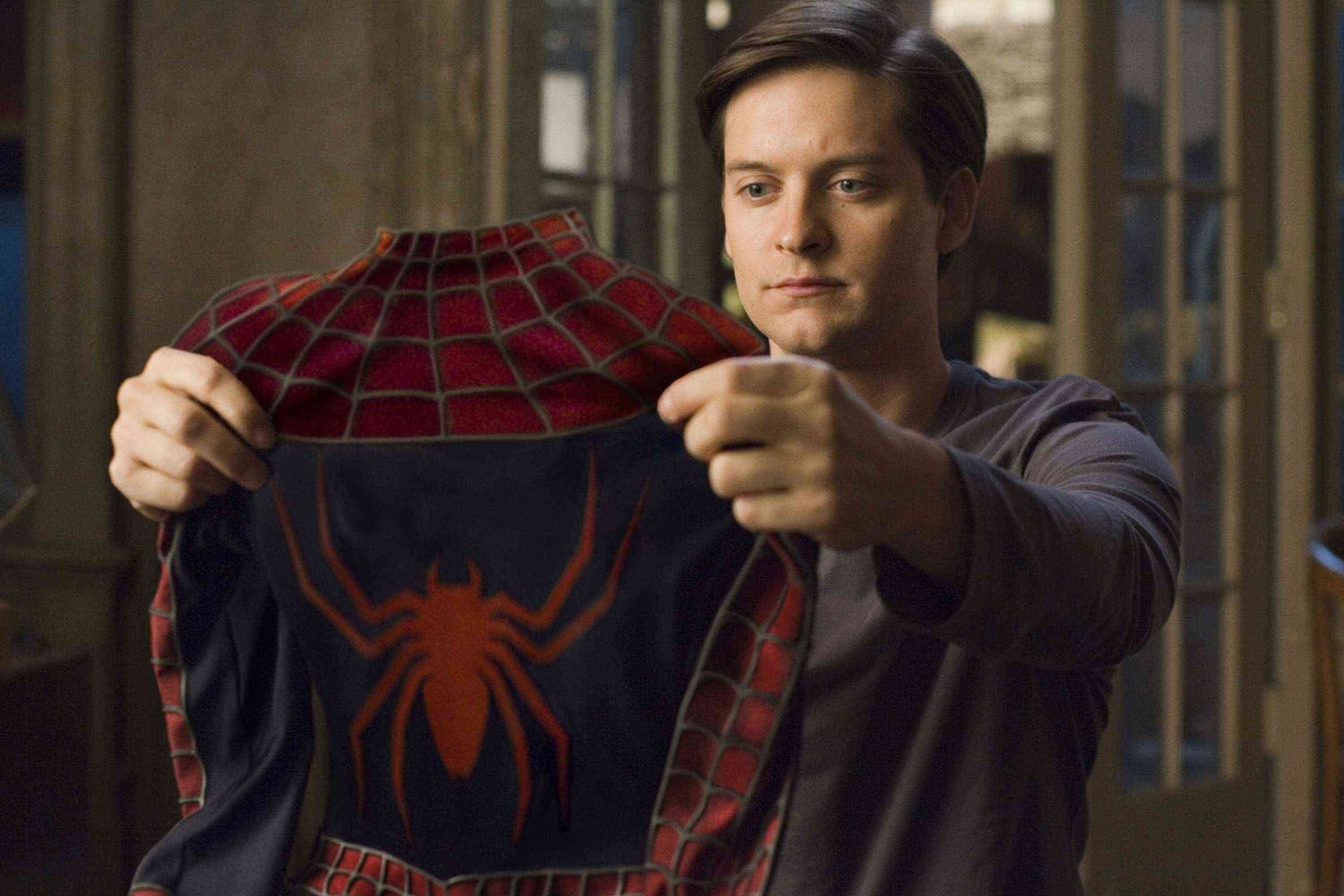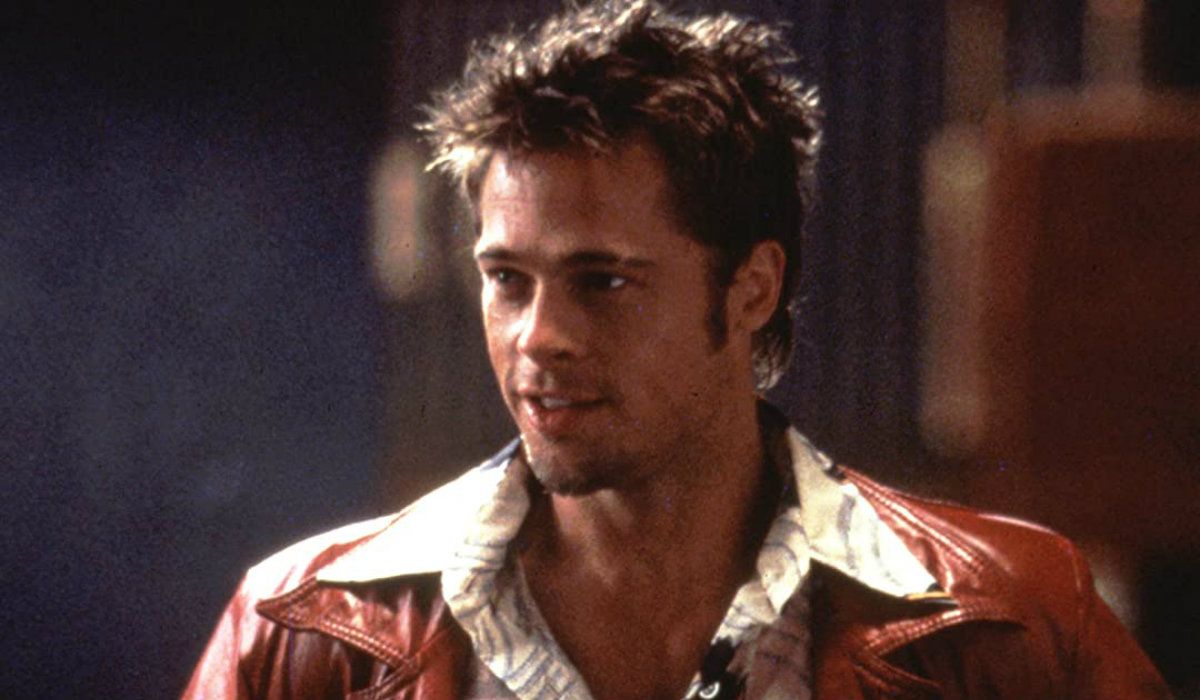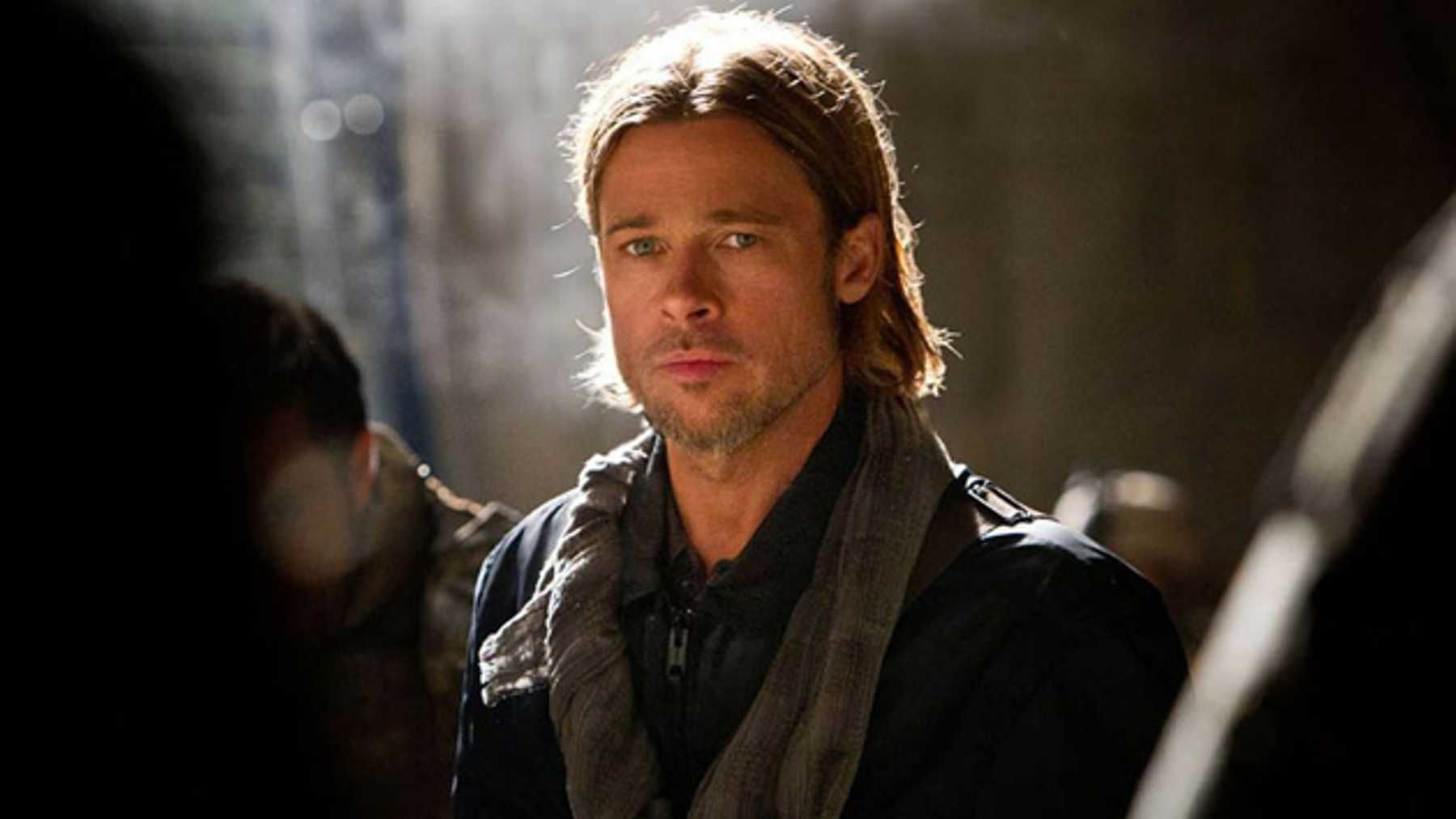In anticipation of the release of Mank on December 4, this week Collider will be presenting original essays and features diving into the work of David Fincher.
Over the last nearly three decades, David Fincher has made 11 feature films. He’s tackled serial killers, toxic masculinity, obsession, death, millennials, and even romance in his filmography thus far, and there’s a reason we eagerly anticipate each new Fincher project – he makes these things to last. But Fincher’s exacting and meticulous nature means he’s not known for jumping into half-baked projects or compromising what he views is the best way to tell that story. As with pretty much every filmmaker working today, there are a number of films that Fincher developed and nearly made, only for them to go sideways for one reason or another, leading to his exit from the project altogether.
So as we await the release of Mank on December 4th, we figured it might be fun to look back on some of the David Fincher movies and TV shows that never saw the light of day. For some of these, Fincher never got passed the pitch stage. And for others, he got all the way up through pre-production and even had a filming date. All of them have one thing in common: we’re bummed we never saw them.
Mission: Impossible 3
Despite Fincher’s reputation as an uncompromising “serious” director, he’s flirted with franchises more than once. One of the sequels he came closest to tackling was Mission: Impossible 3, which he became attached to in 2002 right after Panic Room was released. The filmmaker said he had a “really cool” and “violent” idea for the film, adding that if Paramount let them do “even half of what we want, it should make for an interesting film.” However, within a year, Fincher would depart the project, and in a later interview alluded to creative disagreements with Paramount Pictures:
“I think the problem with third movies is the people who are financing them are experts on how they should be made and what they should be. At that point, when you own a franchise like that, you want to get rid of any extraneous opinions. I'm not the kind of person who says, ‘Let's see the last two, I see what you're going for.’ You'll never hear me say, ‘Whatever is easiest for you.’”
The sequel’s development would continue to go through some struggles before finally landing on J.J. Abrams and the relationship-focused story it is now, but the notion of what Fincher might have done with Tom Cruise stunts remains a highly intriguing “what if” scenario.
Torso
Back in 2006, Fincher became attached to an adaptation of the Brian Michael Bendis and Marc Andreyko graphic novel Torso, which would have followed Eliot Ness’ investigation of the Cleveland Torso Murderer. In 2008, Fincher explained that his attraction to the project had nothing to do with the serial aspect and everything to do with de-mythologizing the man who inspired Brian De Palma’s The Untouchables:
“That movie is so not a serial-killer movie. It's about the deconstruction of the myth of [Untouchables leader] Eliot Ness. It has way more to do with Citizen Kane than it has to do with Seven. Ehren Kruger wrote a script that's pretty great. We were speaking with Matt Damon about it.”
Fincher was assembling a cast that would have potentially included Matt Damon, Casey Affleck, Gary Oldman, and Rachel McAdams, but Paramount abruptly let the rights to the graphic novel lapse in January 2009 and within a few months Fincher signed on to direct The Social Network, leaving Torso in limbo. As recently as 2017 the project bubbled back up again, this time with Paul Greengrass in talks to direct.
The Girl Who Played with Fire
When Fincher first agreed to adapt The Girl with the Dragon Tattoo, Sony pitched him on a big-budget, R-rated franchise for adults. The plan was for him to direct the adaptations of the next two books in Stieg Larsson’s series, and ahead of the release of Dragon Tattoo Fincher said The Girl Who Played with Fire and The Girl Who Kicked the Hornet’s Nest would likely shoot back-to-back:
“The second two books are very much one story and it doesn't seem prudent to me to go to Sweden for a year, come back for a year, put out the second one, go to Sweden for a year, come back for a year. I don't think Rooney wants to be doing this four years from now. So I think that would be crazy especially given the sense that it's really one story that's kind of bifurcated in the middle.”
But while Dragon Tattoo was far from a box office bomb, it wasn’t the worldwide phenomenon Sony hoped it would be.
In the months following Dragon Tattoo’s release, the studio remained publicly bullish on The Girl Who Played with Fire, with Steven Zaillian returning to write the script. By 2013, reports surfaced that Sony was “hellbent” on reducing costs on the sequel, going so far as to potentially write Daniel Craig out of the film to save costs. Fincher, meanwhile, had butted heads with the studio on the marketing of Dragon Tattoo, so when a scheduling conflict arose with Gone Girl, the filmmaker appeared to be off the sequel entirely.
Rooney Mara was asked about the project in every interview for years until eventually Sony decided to reboot the franchise with the much cheaper (and frankly much less interesting) 2018 film The Girl in the Spider’s Web, which featured a new cast and new filmmakers. It grossed $197 million less than Fincher’s Dragon Tattoo, and we’re still lamenting that we never got to see Fincher, Mara, and Craig complete that story.
Rendezvous with Rama
Back in 2001, Fincher became attached to an adaptation of the Arthur C. Clarke sci-fi novel Rendezvous with Rama with Morgan Freeman set to star. The story revolves around humanity’s interception of a massive alien spacecraft hurtling through the solar system called Rama, and the anticipation of making first contact. In 2010 he still had not made the film, but told us he was eager to when and if they could nail the script:
"Rendezvous with Rama is a great story that has an amazing role for Morgan Freeman who is an amazing actor and would be amazing in this thing. The question was can we get a script that’s worthy of Morgan and can we get a script that is worthy of Arthur Clarke and can we do all of that in an envelope that will allow the movie to take the kinds of chances that it wants to take. Because we want to make a movie where kids go out of the theatre and instead of buying an action figure they buy a telescope. That was the hope. The hope is, let’s get people interested in the fucking movie. So there have been people that have been interested in this idea and we have never been able to get a script."
So far, the film has yet to be made, and Fincher still hasn’t made a hard sci-fi movie since Alien 3. Someday, hopefully.
20,000 Leagues Under the Sea
Quite possibly the biggest project Fincher has been attached to over the years is a new adaptation of 20,000 Leagues Under the Sea, which he was going to make for Disney. He signed on to direct in 2010, with the release of The Social Network imminent, and he had tasked frequent Steven Soderbergh collaborator Scott Z. Burns (Contagion) with writing the script. The idea was to make a giant steampunk sci-fi movie set in 1873, with Fincher pitching his take to Disney as his own The Empire Strikes Back.
He intended to make the film in 3D, and with filming aiming to take place in 2012, the project ran into trouble when it came to casting. Brad Pitt passed on the lead role of Ned Land, then Fincher had his eye on Channing Tatum to star. This was before Magic Mike had confirmed to the masses Tatum was a genuinely talented performer, and Disney was inclined to cast Chris Hemsworth instead. Fincher then exited the film and went on to make Gone Girl instead, while Disney essentially shelved the project altogether.
Fincher would later elaborate on how the casting disagreements killed the project:
"You get over $200 million — all motion picture companies have corporate culture and corporate anxieties. Once we got past the list of people we could cast as the different characters in the film, once we got past one or two names which made them very comfortable, making a movie at that price, it became this bizarre endeavor to find which three names you could rub together to make platinum… It became very hard to appease the anxieties of Disney's corporate culture with the list of names that allowed everyone to sleep at night. I just wanted to make sure I had the skill-sets I could turn the movie over to. Not worrying about whether they're big in Japan."
Look for a deeper dive into this unrealized project on Collider tomorrow.
Utopia and Video Synchronicity
After Gone Girl, Fincher turned his eye to television and began developing two highly anticipated projects at HBO. The first reunited him with his Gone Girl screenwriter Gillian Flynn and was a remake of the Channel 4 series Utopia, for which Fincher intended to direct every episode. Rooney Mara was set to star alongside folks like Colm Feore and Eric McCormack, but in 2015 word surfaced that Fincher and HBO were having disagreements about the budget — and not just for Utopia. Another Fincher show for HBO tentatively titled Video Synchronicity was also running into trouble.
Video Synchronicity was based on Fincher’s time directing music videos in the 1980s and was a half-hour series following burgeoning filmmakers in the early days of turning music videos into art. Fincher helmed the first two episodes and four entire episodes of the show were shot before HBO shut production down in order to “creatively reassess” the series.
This was around the same time Utopia was running into budget troubles, and eventually HBO scrapped both shows (this was also around the time they sunk a ton of money into Vinyl). Utopia was reconceived at Amazon with Flynn showrunning and a new cast, but Video Synchronicity remains on a shelf somewhere deep in the HBO archives. Hey HBO, if you’re listening, put that shit on HBO Max!
Strangers on a Train
Around the time that Gone Girl was being released, the core creative team on that project looked to reunite on a highly intriguing remake: Strangers on a Train. Fincher would direct, Gillian Flynn would write, and Ben Affleck would star in a new adaptation of the Patricia Highsmith novel, which itself was famously adapted by Alfred Hitchcock. This project really didn’t get beyond an announcement as all involved got too busy with other stuff and moved on, but it would have been fascinating given that Fincher’s work is clearly heavily influenced by Hitchcock’s best films.
Spider-Man
Yes indeed, Fincher flirted with spandex back in the day – albeit briefly. When Sony was trying to get a Spider-Man movie off the ground in the 1990s, Fincher met with the studio and pitched them his take. It didn’t go beyond that, as Fincher admits he really wasn’t all that interested in the things that Sony was expecting from the film:
“I was asked if I might be interested in the first Spider-Man, and I went in and told them what I might be interested in doing and they hated it. No, I’m not interested in doing ‘A Superhero.’ The thing I liked about Spider-Man was the idea of a teenager, the notion of this moment in time when you’re so vulnerable yet completely invulnerable. But I wasn’t interested in the genesis, I just couldn’t shoot somebody being bitten by a radioactive spider – just couldn’t sleep knowing I’d done that (laughs).”
Fincher elaborated in a separate interview, noting that he wanted to tackle the entire origin story in a 10-minute animated title sequence:
“I wanted to start with Gwen Stacy and the Green Goblin, and I wanted to kill Gwen Stacy… The title sequence of the movie that I was going to do was going to be a ten minute — basically a music video, an opera, which was going to be the one shot that took you through the entire Peter Parker [backstory]. Bit by a radioactive spider, the death of Uncle Ben, the loss of Mary Jane, and [then the movie] was going to begin with Peter meeting Gwen Stacy. It was a very different thing, it wasn't the teenager story. It was much more of the guy who's settled into being a freak.”
Fertig
In the year 2000, Fincher became attached to a project that he would continue talking up for years, but has thus far never made. Fertig or They Fought Alone was to tell the story of Col. Wendell Fertig, an American soldier in the Philippines who became a pivotal figure during World War II. He led a guerrilla force against the Japanese and their collaborators, staging hit-and-run raids that kept them at bay until American forces returned to the Philippines. William Nicholson (The Departed) wrote the initial screenplay, then Fincher enslited Robert Towne for rewrites in the hopes of enticing Brad Pitt to agree to star. “It could be one of the five greatest movies ever made. It’s that huge,” Fincher said in 2009. It’s not too late…
World War Z 2
The film that could be most indirectly involved in getting Fincher’s new movie Mank made is the film he was attached to just prior, World War Z 2. Indeed, Fincher’s buddy Brad Pitt enticed him to sign on to make a sequel to the 2013 zombie movie, with Fincher signing on in 2017. He developed the script for a while, but when it wasn’t quite ready Fincher turned his attention to Mindhunter. Writer Steven Knight continued to toil away on the screenplay, and finally Fincher was aiming to start filming World War Z 2 after he completed Mindhunter Season 2. But in February 2019, when Fincher was deep in pre-production, Paramount cancelled the sequel over budget concerns. Almost immediately, Netflix stepped in, asked Fincher what he was dying to make now that his schedule was free, and he pulled his father’s Mank script out of the drawer.
When we caught up with Pitt in 2019, he held out hope that what Fincher had planned for the zombie sequel would see the light of day in some form:
“Oh it was good. It was really good. It was very, very good. It was cool. We had a really good story, which [Fincher] shepherded. The things he had planned for it just hadn’t been seen before. I’m sure he’ll get it out in something else.”
Stay tuned for many more features and essays on the work of David Fincher all week on Collider.

